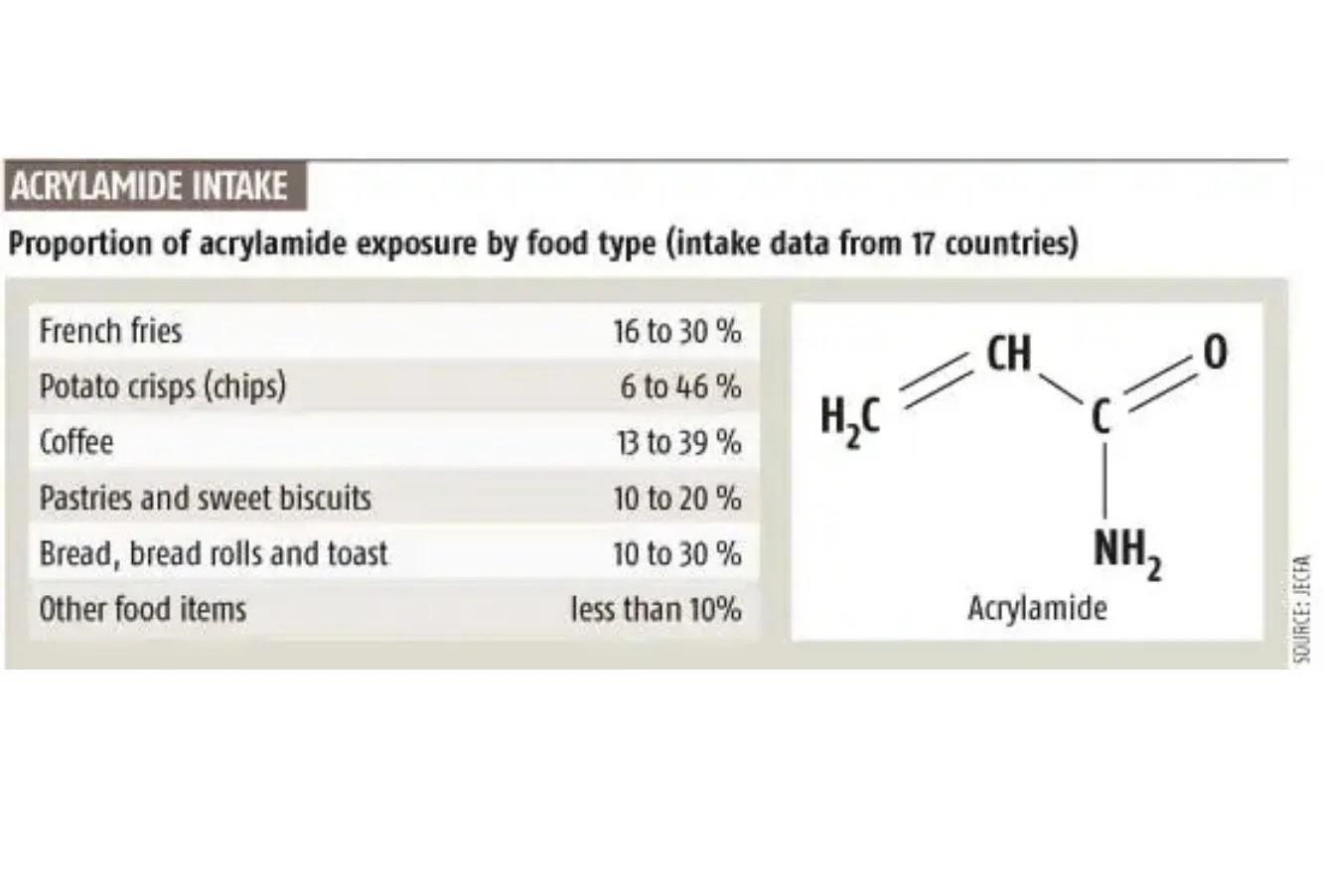Acrylamide in Coffee: Is Your Starbucks Safe?
Starbucks argue that the levels of Acrylamide in coffee are not harmful and that the benefits of coffee outweigh the risks.
Starbucks and Acrylamide
Acrylamide forms in coffee during the roasting process. A lawsuit was filed against Starbucks and other coffee companies in California, citing Proposition 65, which requires businesses to warn consumers about chemicals that could cause cancer or reproductive toxicity. The Council for Education and Research on Toxics (CERT) argued that coffee companies should either remove acrylamide from their products or provide warnings to consumers. Starbucks and other defendants argued that the levels of acrylamide in coffee are not harmful and that the benefits of coffee outweigh the risks. In California, a judge ruled that coffee outlets must inform customers that their product could cause cancer due to acrylamide. A possible carcinogen has been found in 59 freshly made coffee samples of 20 brands, including Luckin and Starbucks.
Proposition 65 Warning Sign in Starbucks (A requirement for all california locations)


